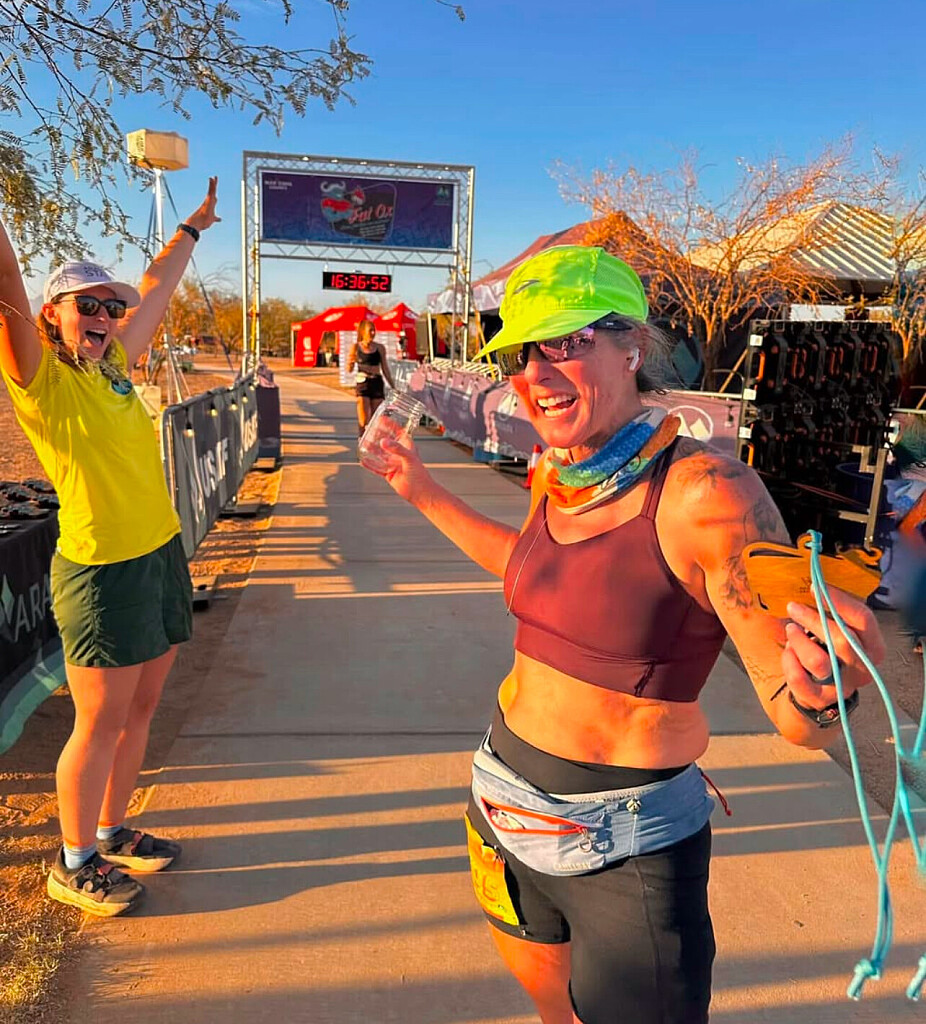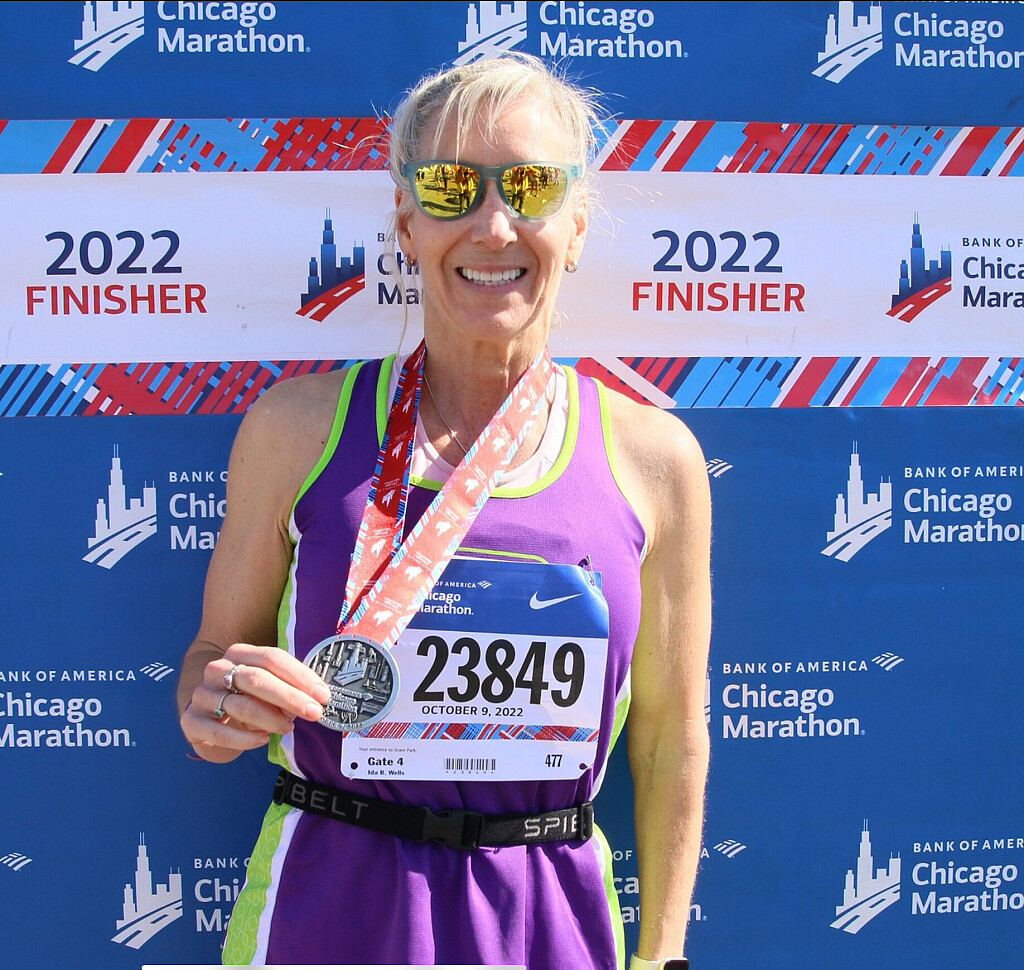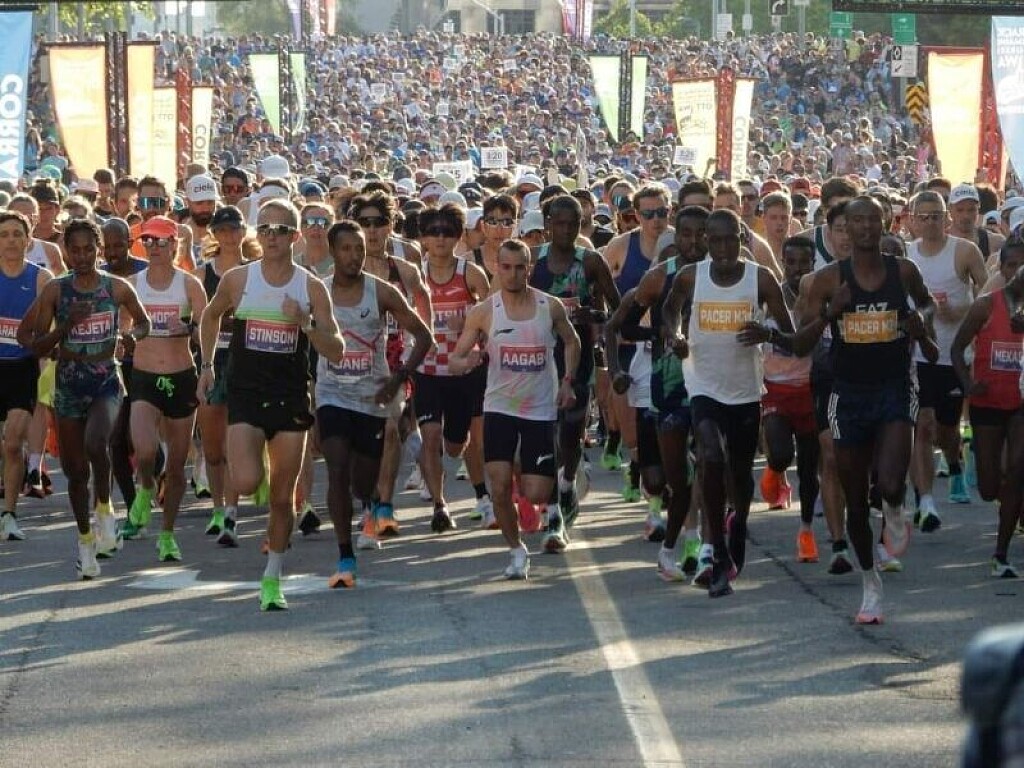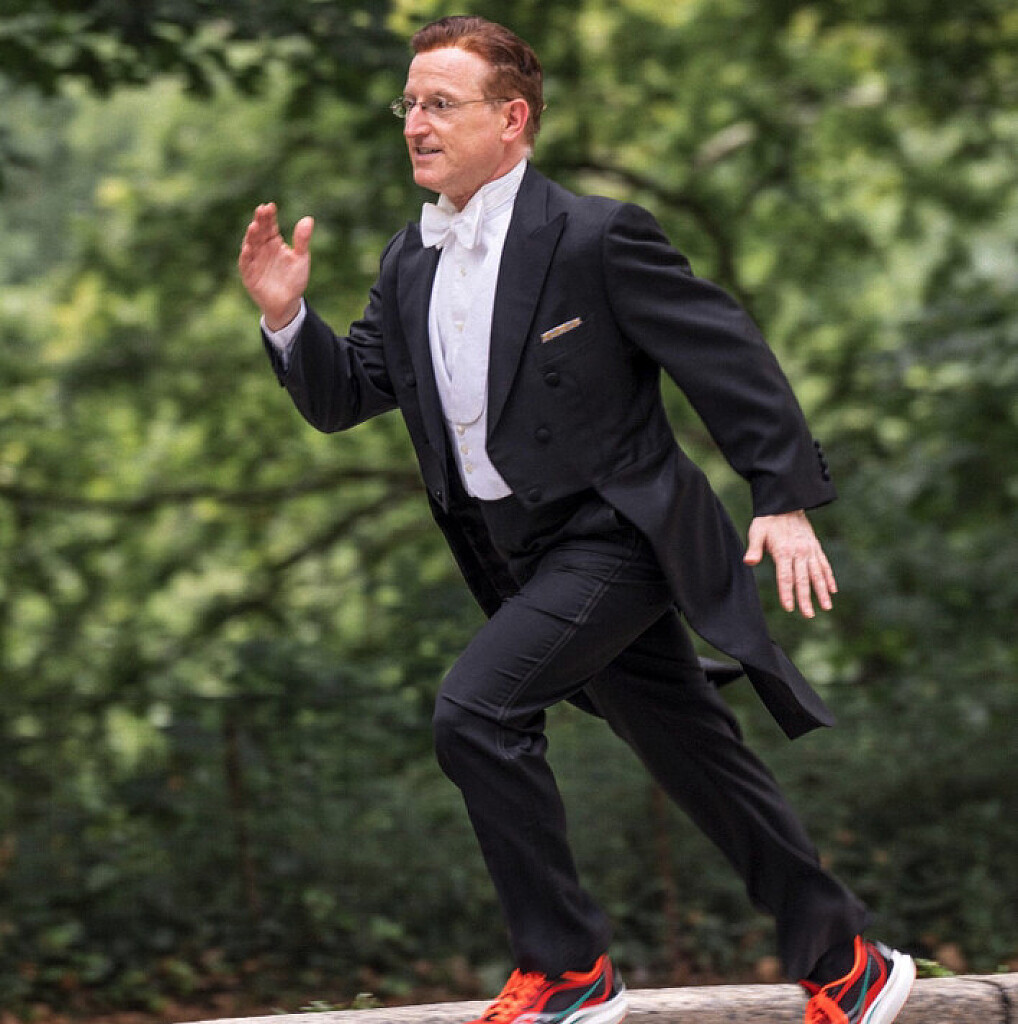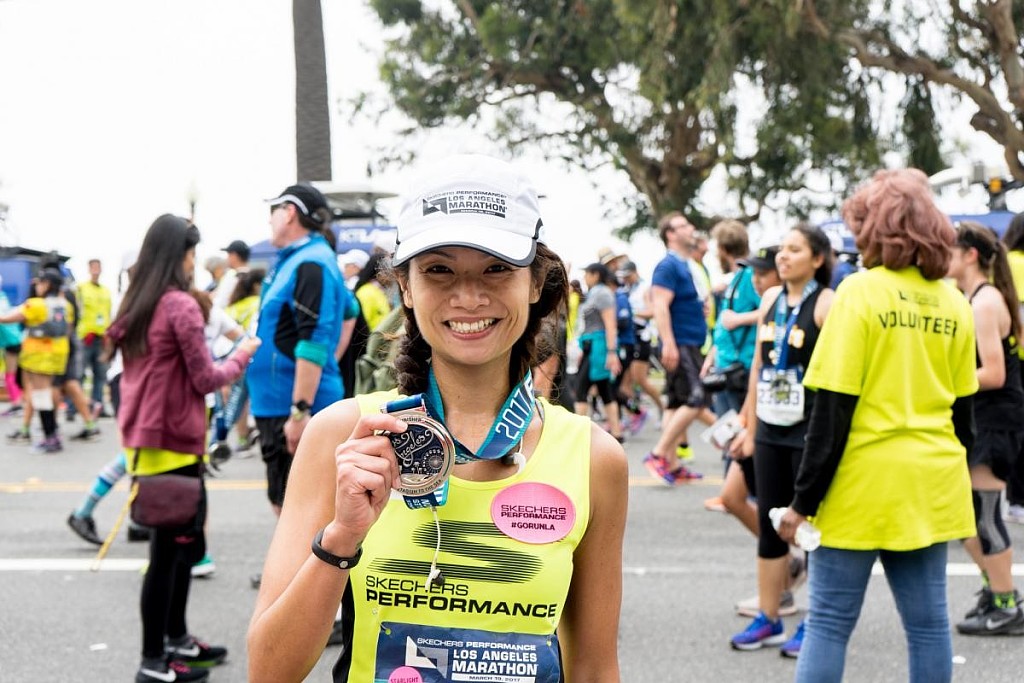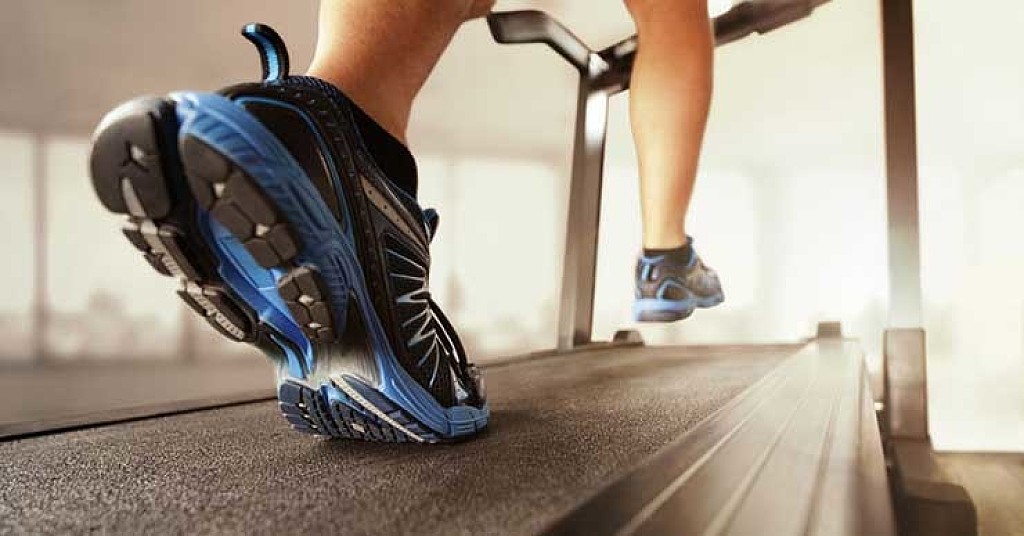Running News Daily
Running News Daily is edited by Bob Anderson. Send your news items to bob@mybestruns.com Advertising opportunities available. Train the Kenyan Way at KATA Kenya and Portugal owned and operated by Bob Anderson. Be sure to catch our movie A Long Run the movie KATA Running Camps and KATA Potato Farms - 31 now open in Kenya! https://kata.ke/
Index to Daily Posts · Sign Up For Updates · Run The World Feed
Articles tagged #Hal Higdon
Today's Running News
How Long Should Your Longest Marathon Training Run Be?
Runners preparing for a marathon often ask, “How long should my longest training run be?” It’s a critical question, and the answer varies depending on the training philosophy you follow. Traditional plans, such as those from Hal Higdon and Jeff Galloway, typically suggest a peak long run of 20 miles, often done three to four weeks before race day. However, some, like Bob Anderson, founder of Runner’s World and My Best Runs, argue that pushing beyond 20 miles can better prepare the body and mind for the full 26.2-mile challenge.
Hal Higdon’s popular marathon training plans recommend a maximum long run of 20 miles, usually completed about three weeks before the race. Higdon believes this distance provides sufficient endurance while allowing adequate recovery. Similarly, Jeff Galloway, known for his run-walk-run method, suggests 20 miles as the peak long run, emphasizing injury prevention and recovery.
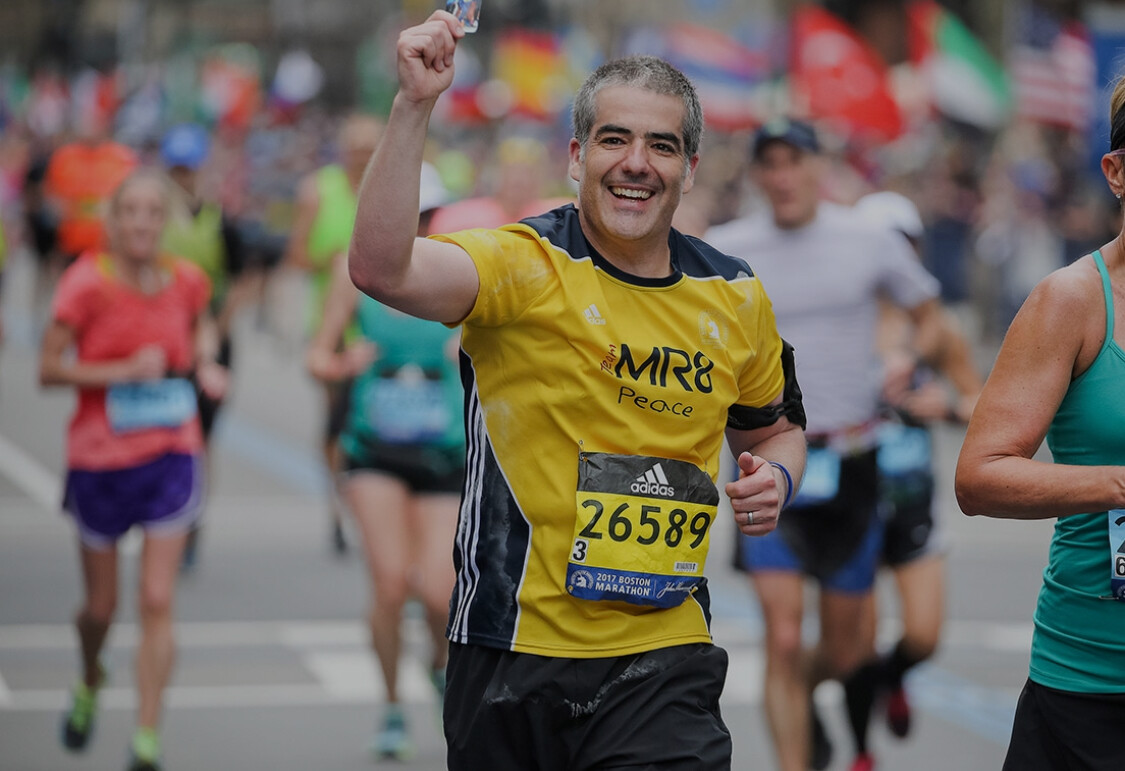
The reasoning behind stopping at 20 miles is that it’s far enough to build endurance but short enough to avoid excessive fatigue and potential injury. The final 6.2 miles, according to this approach, are covered by race-day adrenaline and the cumulative fitness gained throughout training.
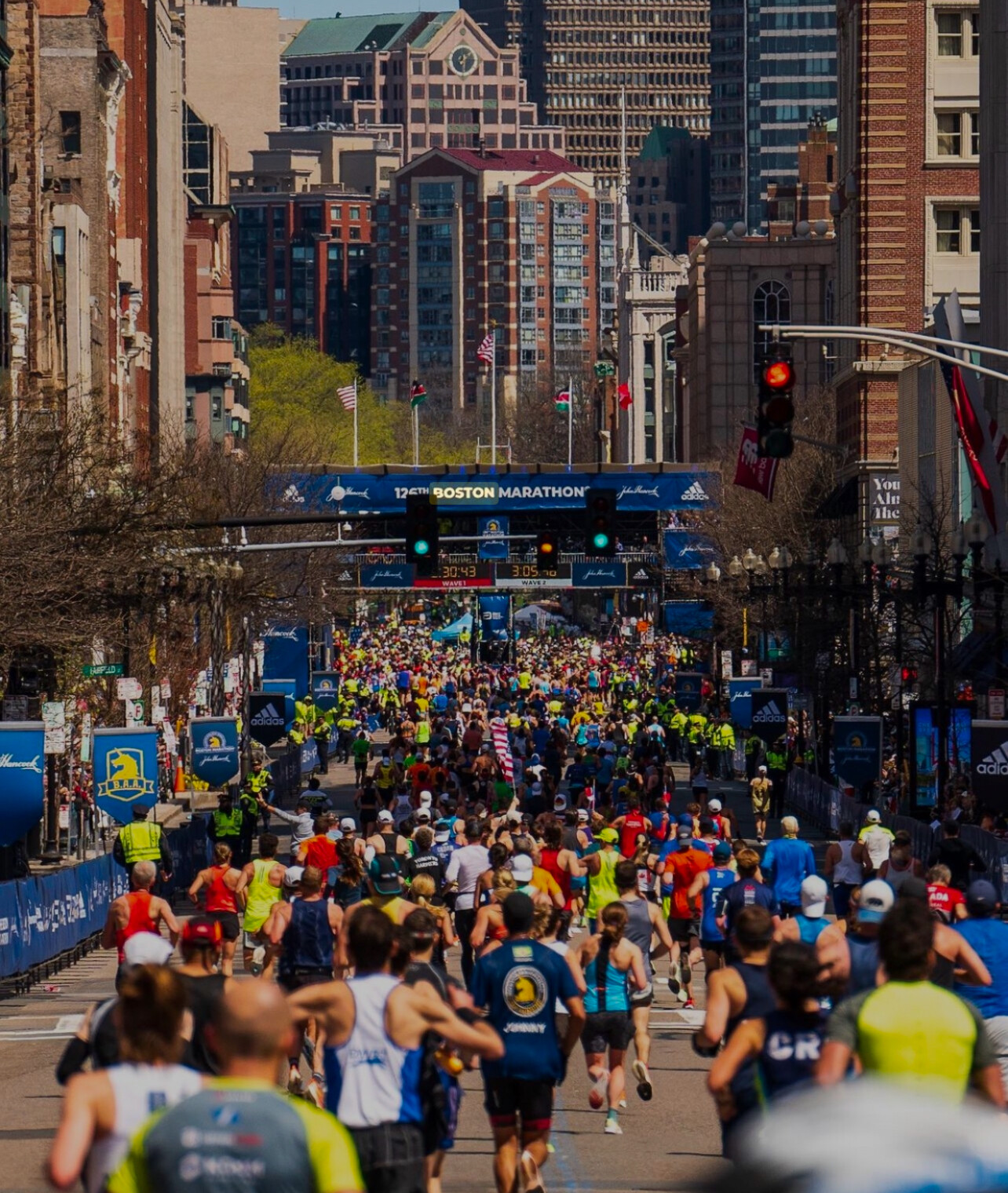
Bob Anderson, who has run 11 marathons and countless other races, questions the wisdom of capping the long run at 20 miles. “Why not do 25 miles or even more so your body is not experiencing a new distance on race day?” he says. Anderson believes that extending the long run to 23, 25, or even 28 miles builds both physical and mental resilience, reducing the risk of hitting the infamous “wall.”

Anderson’s personal experience underscores his point. He ran the Boston Marathon in 3:32:17 at age 65 in 2013. In preparation, he completed one 23-mile training run but had planned to do another of at least 25 to 26 miles. “I had a 3:30 going but fell apart just before 25 miles,” Anderson recalls. “My worst mile was mile 26. I really think if I had gotten in a 25-26 mile training run, I would have clocked my goal of 3:30—but I will never know.”
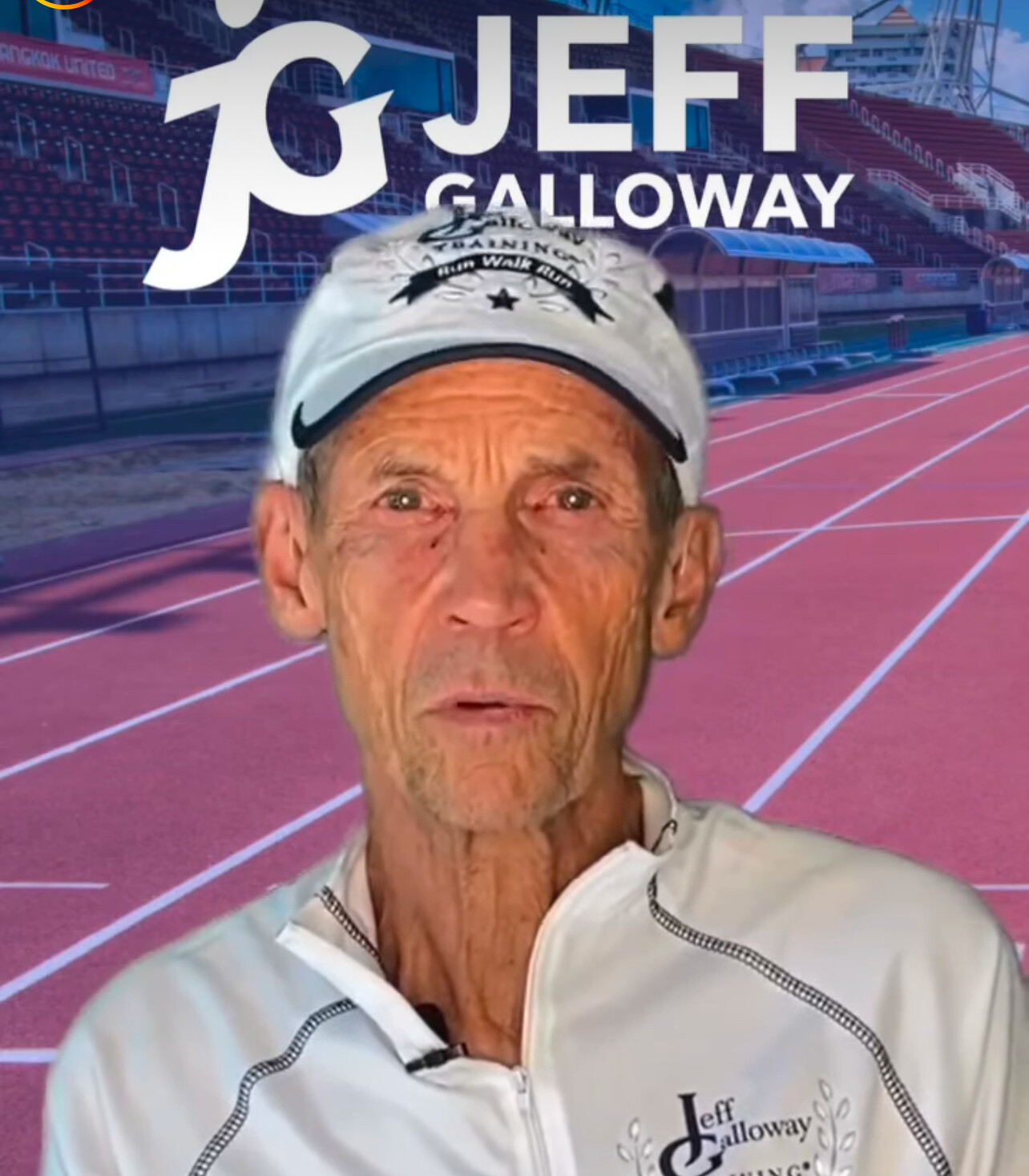
While pushing past 20 miles increases fatigue, Anderson suggests adjusting the pace—keeping these longer runs slower—and allowing ample recovery. He notes that elite runners often train beyond marathon distance, albeit at an easy effort, to condition their bodies for race day.

So, what’s the right approach for you? It depends on your experience level, injury history, and goals. Beginner runners might find the 20-mile limit safest, while intermediate runners could benefit from extending to 22-23 miles. Experienced runners, like Anderson, may find 25 miles provides the conditioning needed to succeed on race day.
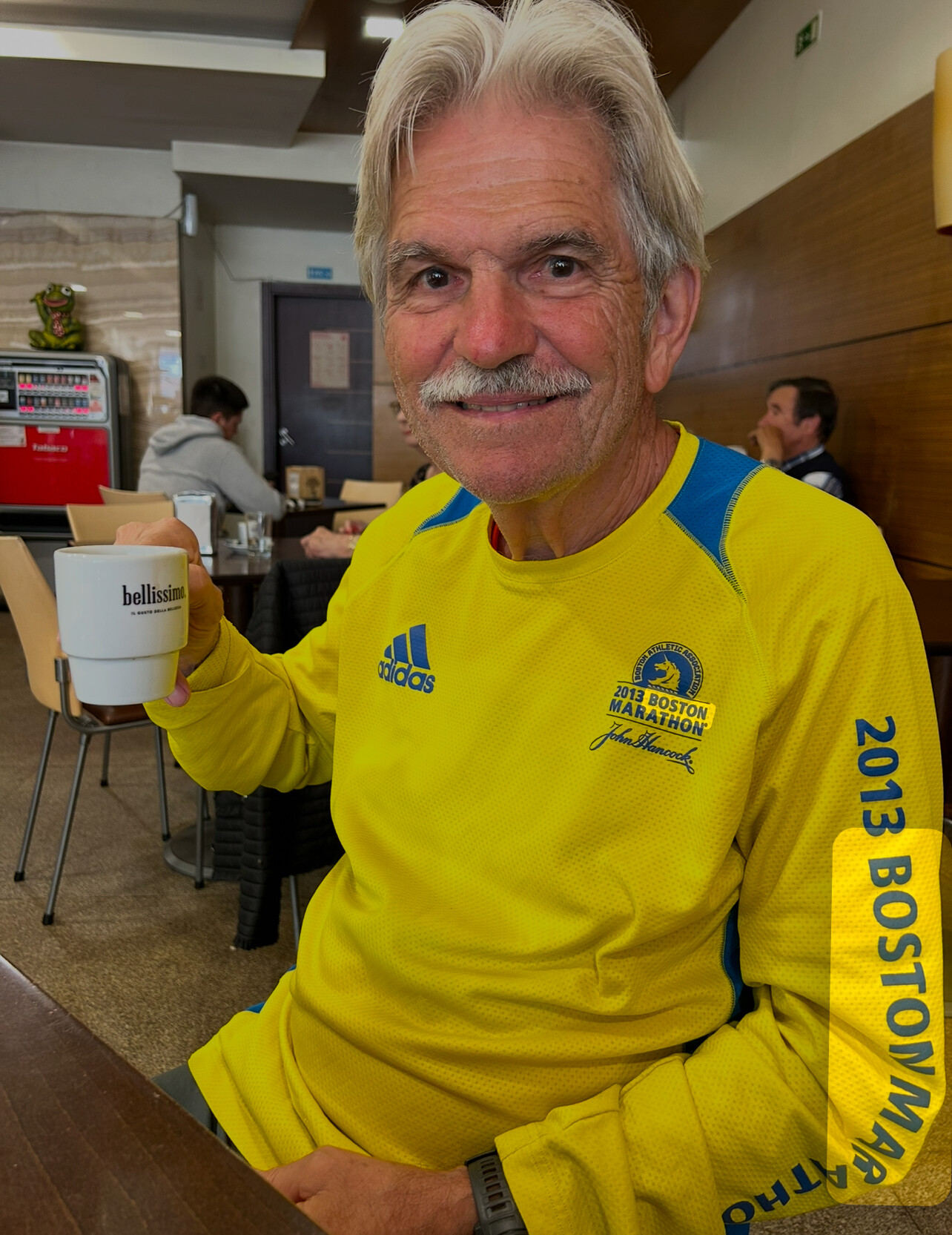
Regardless of the distance, the longest training run should be completed three to four weeks before the marathon. This timing allows your body to recover, adapt, and peak for race day without excessive fatigue.
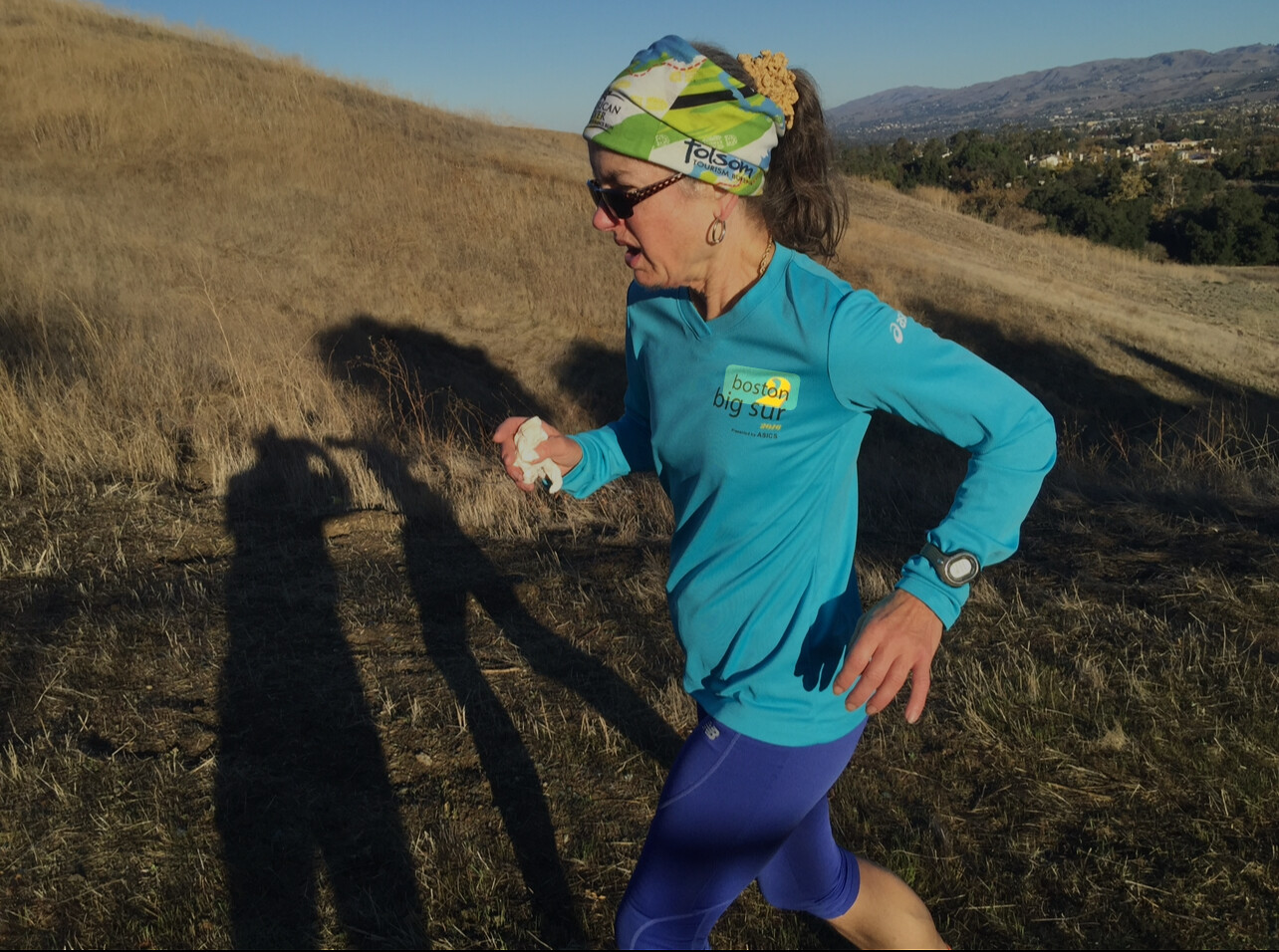
There is no one-size-fits-all answer to how long your longest marathon training run should be. The traditional 20-mile approach works for many, but some runners may benefit from longer runs. Ultimately, listen to your body, consider your goals, and choose a plan that builds confidence while minimizing injury risk.
On race day, the goal is to feel prepared, strong, and ready to tackle the distance—whether you stopped at 20 miles in training or went the extra five.
by Boris Baron
Login to leave a comment
50 Motivational Running Quotes About Racing
Find Inspiration from Running Icons and Legends
Even the most motivated among us occasionally has a challenging time wanting to lace up our shoes and hit the pavement running. Bookmark this page for the next time motivation is waning for you. Read on for inspirational race quotes to pump you up before your next run.
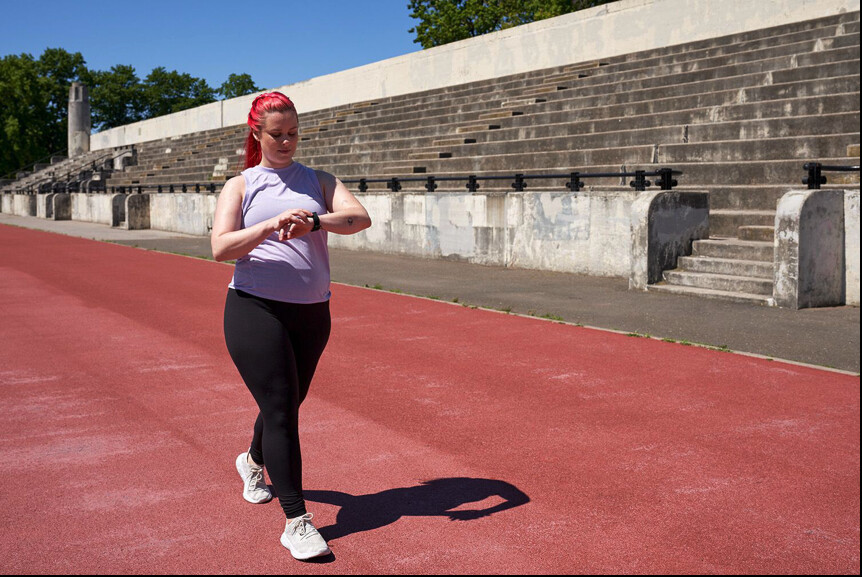
"The miracle isn't that I finished. The miracle is that I had the courage to start." —John Bingham, running speaker and writer
"Fear is gradually replaced by excitement and a simple desire to see what you can do on the day." —Lauren Fleshman, American distance runner
"It doesn't matter whether you come in first, in the middle of the pack, or last. You can say, 'I have finished.' There is a lot of satisfaction in that." —Fred Lebow, co-founder of the New York City Marathon
"When you put yourself on the line in a race and expose yourself to the unknown, you learn things about yourself that are very exciting." —Doris Brown Heritage, women's distance running pioneer
"Good health, peace of mind, being outdoors, camaraderie: those are all wonderful things that come to you when running. But for me, the real pull of running—the proverbial icing on the cake—has always been racing." —Bill Rodgers, winner of four Boston Marathons
"Big occasions and races which have been eagerly anticipated almost to the point of dread, are where great deeds can be accomplished." —Jack Lovelock, environmentalist and futurist
"I also realize that winning doesn't always mean getting first place; it means getting the best out of yourself." —Meb Keflezighi, 2004 Olympic Marathon silver medalist
"Why race? The need to be tested, perhaps; the need to take risks; and the chance to be number one." —George Sheehan, running columnist and writer
RELATED: A Beginner's Guide to Becoming a Runner
"Everyone in life is looking for a certain rush. Racing is where I get mine." —John Trautmann, Olympic runner
"I'm always nervous. If I wasn't nervous, it would be weird. I get the same feeling at all
"My thoughts before a big race are usually pretty simple. I tell myself: 'Get out of the blocks, run your race, stay relaxed. If you run your race, you'll win.'" —Carl Lewis, nine-time Olympic gold champion
RELATED: How to Plan a Running Route Using Map Apps on Your Phone
"I love controlling a race, chewing up an opponent. Let's get down and dirty. Let's fight it out. It's raw, animalistic, with no one to rely on but yourself. There's no better feeling than that." —Adam Goucher, U.S. Nationals 5K race champion
"I'm going to work so that it's a pure guts race at the end, and if it is, I am the only one who can win it." —Steve Prefontaine, legendary American long-distance runner
"Let's just say it and be done with it. Racing hurts. But here's another truth: having put in the effort to prepare for a race and then not giving it your all hurts even more. The first kind of hurt goes away in hours or a day. The second kind of hurt can last a lifetime." —Larry Shapiro, author of Zen and the Art of Running
"Different people have different reasons for racing, but
"Running is in my blood—the adrenaline flows before the races, the love/hate of butterflies in your stomach." —Marcus O'Sullivan, Irish middle-distance runner
"It's just as important to remember that each footstrike carries you forward, not backward. And every time you put on your running shoes you are different in come way than you were the day before. This is all good news." —John Bingham, American marathon runner
"Racing teaches us to challenge ourselves. It teaches us to push beyond where we thought we could go. It helps us to find out what we are made of. This is what we do. This is what it's all about." —PattiSue Plumer, U.S. Olympian
"You didn't beat me. You merely finished in front of me." —Hal Higdon, American writer and runner
"Fast running isn't forced. You have to relax and let the run come out of you." —Desiree Linden
"No marathon gets easier later. The halfway point only marks the end of the beginning." —Joe Henderson, famed running coach
RELATED: Race Day Tips for Running Your First 5K
"No matter how old I get, the race remains one of life's most rewarding experiences." —George Sheehan
"If you feel bad at
"What distinguishes those of us at the starting line from those of us on the couch is that we learn through running to take what the days gives us, what our body will allow us, and what our will can tolerate." —John Bingham, running writer and speaker
"For me, races are the celebration of my training." —Dan Browne, National Champion 5K and 20K runner
"Run when you can, walk if you have to, crawl if you must; just never give up." —Dean Karnazes, ultramarathon runner
"Every race is a question, and I never know until the last yards what the answer will be. That's the lure of racing." —Joe Henderson
"It's amazing how the same pace in practice can feel so much harder than on race day. Stay confident. Trust the process." —Sara Hall, American long-distance runner
"Winning has nothing to do with racing. Most days don't have races anyway. Winning is about struggle and effort and optimism, and never, ever, ever giving up." —Amby Burfoot, American marathon runner
"Your goal is simple: Finish. Experience your first race, don’t race it." —Bob Glover, author of The Runner's Handbook
"Don't dream of winning, train for it!" —Mo Farah, Olympic long
"Nothing, not even pain, lasts forever. If I can just keep putting one foot in front of the other, I will eventually get to the end." —Kim Cowart, runner and journalist
"The real purpose of running isn't to win a race. It's to test the limits of the human heart." —Bill Bowerman, co-founder of Nike
"Our running shoes have magic in them. The power to transform a bad day into a good day; frustration into speed; self-doubt into confidence; chocolate cake into muscle." —Mina Samuels, author of Run Like a Girl
"There is magic in misery. Just ask any runner." —Dean Karnazes
"Run often. Run long. But never outrun your joy of running." —Julie Isphording, American Olympic runner
Login to leave a comment
She Qualified for Boston by Doing the Majority of Her Running in Water
Running changed my life trajectory. Before I started running, I had a job as an executive in fast-food marketing. After I started, I changed my career course to focus on health and fitness. I became a certified personal trainer via the American Council on Exercise (ACE) in 2008. In 2011, I became a USA Track & Field run coach, certified Aquatic Exercise Association instructor, and then created Fluid Running as a result for my passion of water running.
I started running 5Ks and 10Ks, but then signed up for a marathon. I ran my first marathon, the Chicago Marathon, in 2001. Then in 2002, I ran the Chicago Marathon again and qualified for Boston. I was hooked. I followed Hal Higdon’s plans exclusively for my first 12 marathons that I ran between 2001 and 2009, and still reference him.
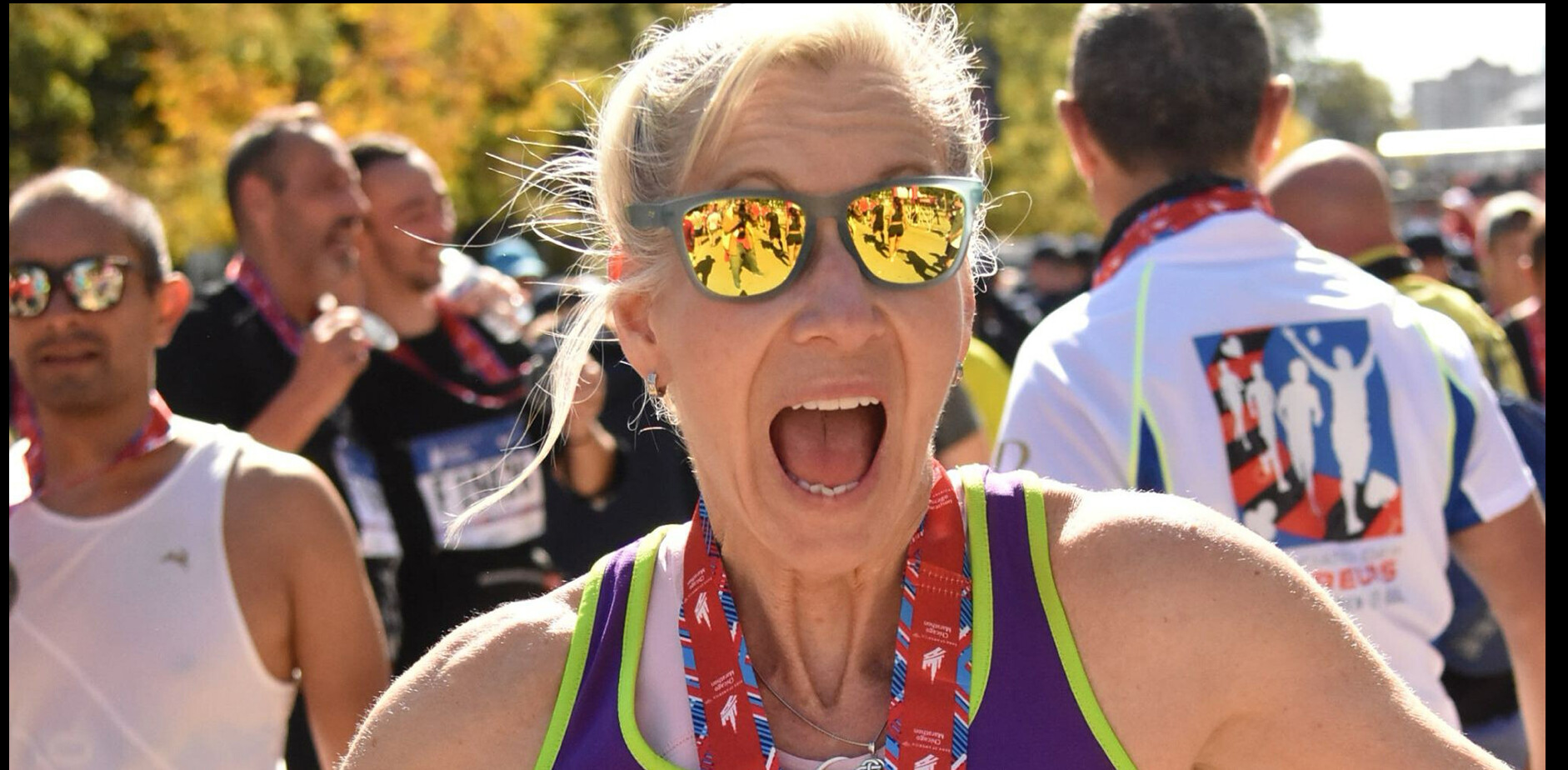
However, in 2010, I was training for the Chicago Marathon with my siblings, and raising money for the Juvenile Diabetes Foundation in honor of my nephew. Six weeks before the race, I tore my calf muscle and my doctor told me I could not run. I was devastated, yet determined.
I searched “how do you stay in running shape when you can not run,” and came across an article on aqua jogging, and contacted the author who is a running coach. His associate gave me a training plan that included five runs a week in the pool, including my 20 miler! I ran solely in the water for the final six weeks of marathon training.
After I discovered pool running in 2010, I would still reference Hagdon’s plans, but I would replace two to three of the land runs on the schedule for water runs.
For pool running, I wear a flotation belt which allows me to run as if I were on land. I am upright in the pool with my legs underneath me. I keep my head held high, shoulders pulled back, and my arms swing by my side. My legs mimic land running form but with a little more “sweepy” back and forth motion.
For the 2022 Chicago Marathon, I decided to try a Track Club Babe training plan because I liked lower mileage, and I focused on speed and slower long runs. I only did the long run and one speed work run on land. The rest I replicated in the pool, and I still qualified for Boston!
Since discovering pool running, my last six marathons have been a combination of about 50 percent pool and 50 percent pavement.
This was my “aha” moment, and I wanted to share my journey, so I created Fluid Running in 2011. A huge benefit is that there is absolutely no impact on the body, so you can do it with many common injuries.
In my recent training for the 2024 Boston Marathon, I did two or three land runs per week (which includes a speed session and the long run), the rest of my running in the water.
I honestly don’t know what I would do without running in my life! It’s my moving meditation. I started dating my husband through running, made many friends, and ultimately created Fluid Running because of it.
These tips have made my running journey a success:
1. Strength train
I’m a huge fan of strength training, especially as we age. I do two sessions a week focusing on my leg muscles and core. I do a lot of single-leg exercises. I know this has played a huge role in keeping me strong, especially toward the end of marathons.
2. Adopt positive self talk
I’m a big believer in positive self-talk. I talk to myself constantly during my runs. One of my mantras that I will say over and over when I run is “strong legs, strong mind, strong body.” “Yes you can” is another one I say often.
3. Learn from your setbacks
I’ve had some setbacks, like all runners. Setbacks, though, are when I ultimately become better and stronger. Setbacks allow me to reflect, and they make me realize just how much I love and need running in my life! Setbacks are temporary, so don’t stress out about them.
Jennifer’s Must-Have Gear
→ SPI Belt: I love it because it’s comfortable and holds so much—my phone, my airpods, gum, and a gel!
→ Power Plate Vibrating Roller: I love it because it gets so deep and feels so good. I try to use it both before and after my runs.
→ Goodr Sunglasses: I love them because they are light, cute, and they make everything look deeper in color. The sky is so blue when I wear them!
Login to leave a comment
How many rest days should you take the week of your marathon?
You might be tempted to run or cram in last-minute training, but that is not the best approach.
Preparing for a marathon requires a lot of planning and training, and every little detail is crucial to have a great performance come race day. However, one question often arises in the minds of runners as the taper begins and race day approaches: how many rest days should you take in the week leading up to the marathon?
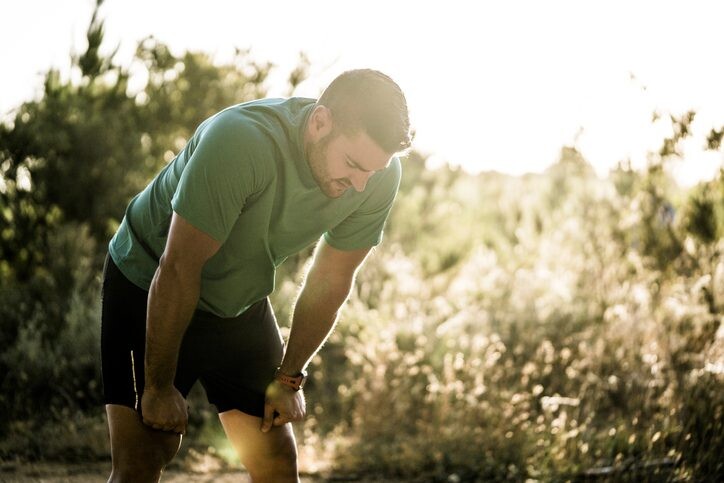
While there could be an urge to push through training until the very last minute, it is not the best approach to get the most out of your body. Top marathon coaches all emphasize the importance of tapering, a period of reduced training volume and intensity before a race, to allow the body to rest and recover while maintaining fitness levels. But how many rest days are ideal during the tapering phase?
Several acclaimed marathon coaches like Jack Daniels and Hal Higdon recommend reducing training volume by 25 to 30 per cent during the first week of tapering, with two to three easy runs of five to eight kilometres and at least two rest days. In the final week, they recommend further reducing the volume to just 10 to 20 percent of your peak mileage. To ensure you’re fully rested and ready for race day, shorten your easy runs and incorporate three to four rest days.

However, since our bodies all respond differently, listen to yours and adjust the tapering plan or rest days accordingly. If you’ve just completed an extensive marathon build, your body will feel great, and you might be tempted to run. The tapering period tends to mess with your mind and makes you feel like you’re not doing enough.
While rest days are essential for recovery, runners should also focus on other aspects of preparation during the tapering phase, such as proper hydration, nutrition, and mental readiness. Additionally, light cross-training activities such as swimming or cycling can complement those rest days and help maintain fitness without adding more stress to the muscles and joints.
by Marley Dickinson
Login to leave a comment
Three easy ways to fix running form, body awareness is the first step to effortless, flowing running form
Running form can be simple to finesse, but first you need to know what needs fixing. Anyone who has seen the GOAT of marathoning, Eliud Kipchoge, run knows what beautiful running form looks like, but it can be challenging to figure out how to fix your own form. Here are three easy ways to gain a better understanding of how you are running and what you can do to run more efficiently.
Run fast at the track
In his book Run Fast, renowned marathoner and trainer Hal Higdon suggests finding a 400-metre track to try this running form awareness drill. Begin running at the 300-metre starting line (the start of the back straightaway) and pick up your pace through the straight until you are running near 5K race pace. Accelerate as you come into the home stretch so that you’re running full-out when you reach the finish line.
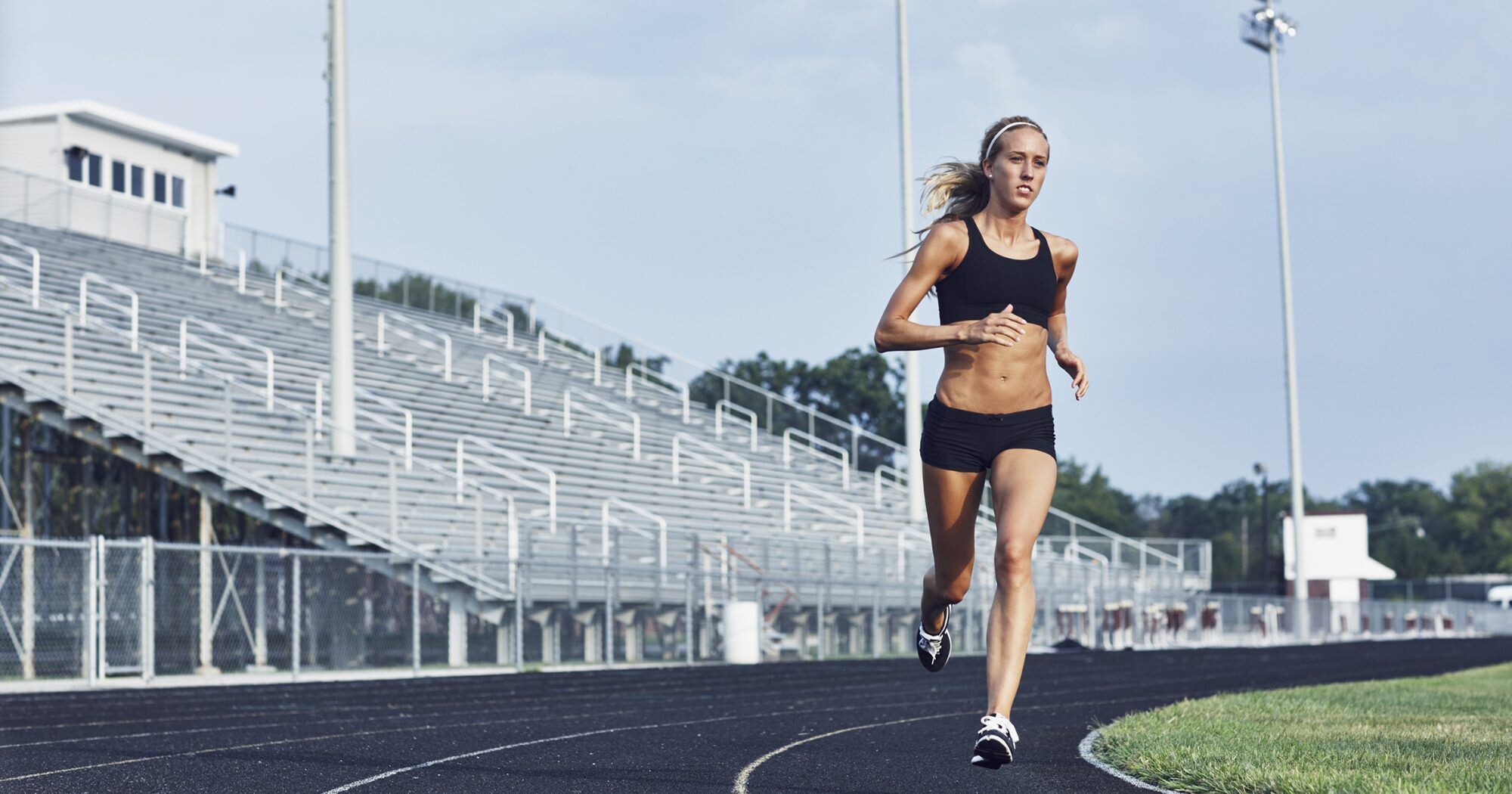
Notice what happens to your form as you accelerate, and see if you can pinpoint where you become more or less efficient as you pick up your pace. Pay attention to knee lift, stride length, posture, arm carry, and head angle.
Run barefoot in sand or grass
Head to the beach or a safe grassy area and find a smooth stretch to run on. Higdon suggests running at a comfortable pace for 100 metres, and paying particular attention to where your foot contacts the ground.
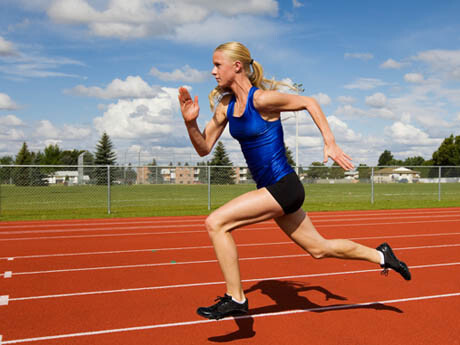
Notice where you naturally land to develop awareness, even if you don’t need to adjust anything. Running on slightly damp sand and then looking back at your footprints can also be helpful when trying to analyze how your feet are striking.
Run straight on the road
Pick a stretch of road or sidewalk where you can follow a straight line (taking care to choose somewhere safe). Look for a painted stripe on the road to follow, a crack in the pavement, or the separation between the pavement and the shoulder of the road.
“Focus your attention on that line and think of yourself as a machine moving along it, like a train on a rail,” says Higdon. “Can you run straight along the line without wavering back and forth? Is your head straight, are your eyes level?” Notice how your arms are moving, and see if your legs are moving straight forward and kicking straight back.
While running form is very individual, all runners follow the same basic principles. Body awareness is the first step to fixing your running form– and then working on any oddities or challenges you notice when practicing these drills.
by Keeley Milne
Login to leave a comment
How Running Has Helped The Millionaires’ Magician Perfect His Act
Steve Cohen, a longtime magician for celebrities and world leaders, became hooked on marathoning since running his first one in 2018.
For most of his life, Steve Cohen has been known for his impressive sleight of hand as the host of Chamber Magic, a live weekly show at the Lotte New York Palace Hotel. In fact, during our video interview, the “Millionaires’ Magician” made my favorite card, the ace of hearts appear out of thin air twice.
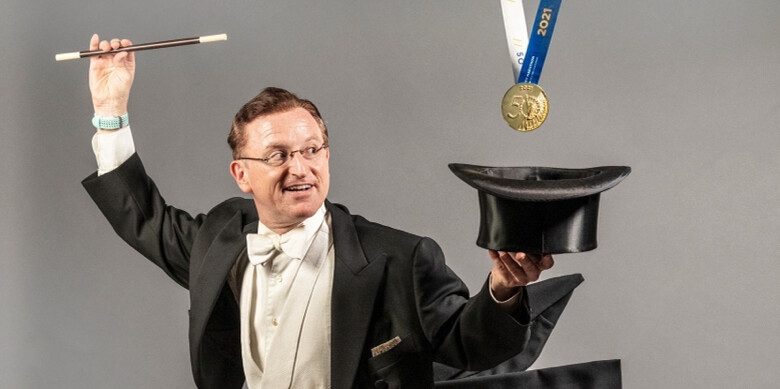
Now, those close to the performer have started complimenting him on his sleight of foot since he took up running in 2018. It's a newfound skill that Cohen says has improved his expertise as a magician and vice versa.
Until recently, Cohen, 51, never considered himself an athlete. He joined the track team in high school, competing in the 100-meter dash but quit soon after to participate in the theater program, where he thrived as a performer.
Since starting Chamber Magic in 2000, Cohen has used his shows as his form of exercise, frequently performing six times in a weekend. His audiences, which often include celebrities and royalty, get to enjoy conjuring, mind-reading, sleight of hand, and one of his most famous tricks called “think-a-drink,” in which an audience member requests a specific beverage that magically appears in Cohen's teapot. With the rapid fire energy, preparation, and effort that goes into each performance, Cohen didn't consider outside exercise for many years.
“Magicians are usually couch potatoes and it's rare to find a magician that's incredibly fit,” Cohen says. “That was kind of me.”
In 2015, Cohen's wife Yumi Morishige picked up running and encouraged him to join her. As Cohen recalls, he couldn't keep up with his wife for a full mile during their first run together. “I was huffing and puffing, and she was running loops around me to keep me going,” he says. “That demoralized me.”
After the first run, Cohen joined a gym but realized he needed more stimulation in his workouts. Instead of exercising in the gym, his wife encouraged him to focus on destination workouts, like running to Harry Houdini's house, which is about two miles away from their apartment on the upper west side of Manhattan. Over time, Cohen added more routes that excited him, including a run to Alexander Hamilton's house uptown.
With more miles under his belt, Cohen and his wife made a bet. If he entered the lottery for the New York City Marathon and gained entry, he would run the race. Cohen lost in 2016 and 2017 but the following year, he received surprising news. While sitting in the theater of the Magic Castle, a private magician's club in Los Angeles, Cohen received an email from the New York Road Runners letting him know that his application to run the marathon was finally accepted. “The first thing that came to my mind was oh shit,” Cohen says.
After spending a few minutes processing the news, Cohen realized he couldn't break the promise to his wife and came around to the idea of becoming a marathoner. “Being a magician is all about making the impossible possible,” Cohen says. “I thought, I'm going to be a magician to myself and I'll make this impossible thing that I thought I could never do, possible.”
In March 2018, Cohen started building up mileage using Hal Higdon's marathon training plan. Because his shows are on the weekends, Cohen has to fit all of his weekly mileage into five days, which means he does his long run on Wednesday.
Prior to the marathon in November 2018, the longest race Cohen had ever run was 100 meters on the track as a high school student. But he embraced the experience as an opportunity to try something different and bring his magic community along for the ride.
Before the race, he sent an email to his fanbase encouraging them to cheer him on during the New York City Marathon. He wore a t-shirt with the king of hearts printed on the front, which helped people recognize him among the thousands of competitors. Throughout the race, fans cheered for Cohen and on several occasions, he even stopped to perform magic tricks, including one in which he penetrates an earphone cord through someone's finger. “There were enough people that it kind of slowed my time down a lot,” Cohen says. “But I don't really care because I wasn't in it to win some PR.”
In his first 26.2, Cohen finished in five hours and 37 minutes and was immediately hooked. After his debut, Cohen joined his wife as a member of the New York Flyers run club.
During the height of the pandemic, the magician didn't perform for 16 months amid COVID lockdowns. In addition to writing two books, running helped Cohen cope with the cancellations. “I didn't have the physical exertion that I normally get while performing,” he says. “You need an outlet for all that stress, so running really did save me.”
In the fall of 2020, he completed the New York City Marathon virtually. For his 50th birthday on February 21, 2021, Cohen ran from his home to the hospital where he was born in Yonkers, New York and back for just over 50K.
In November 2021, Cohen returned to the New York City Marathon in person and took 32 minutes off his previous personal best. This fall, he hopes to break five hours for the first time on the NYC course.
Now four years into his development as a runner, Cohen says the sport has helped elevate his skills as a magician. His posture has improved while on stage, and similar to managing paces in a 26.2-mile race, he's become more efficient in pacing his energy with back-to-back performances. Before he became a runner, Cohen would end the weekend exhausted with pain in his back. Now, he says the endurance gained from running makes him feel like he can add another show to the line-up. Perhaps more importantly, running has given Cohen a newfound sense of accomplishment when he takes the stage in front of world leaders and billionaires.
“The one thing that they can't buy is something you need to accomplish on your own, and if I've accomplished that by having run a marathon, it gives me a great amount of personal strength and it makes me feel they're equal when I'm standing in front of someone who is a very powerful person,” Cohen says. “I feel a lot more self-empowered, and I think that's thanks to running.”
by Runner’s World
Login to leave a comment
The benefits of running after 60
Running after 60 can be as beneficial to your health as it was in your 20s.
There’s no doubt that if you run for fitness your speed will slow down as you age.

From your 30s onwards, a number of physical changes take place in the average person’s body. Aerobic capacity decreases, muscle mass reduces, muscle elasticity reduces, lung elasticity declines, bone density reduces, your metabolism slows, body fat increases, and your immune system becomes weaker, Owen Barder writes in the book “Running for Fitness.”
All these changes have an adverse effect on running performance. Yet, older runners can continue to achieve amazing athletic feats.

Benefits of running after 60
Canadian athlete Ed Whitlock ran a marathon in 2:54:48 at the age of 73. Carlos Lopes set the world marathon record at the age of 38. Hal Higdon, marathon runner and writer, at the age of 52 ran a 10km in 31:08 and a marathon in 2:29:27.
So you can’t run as fast as you did in your 20s and 30s. It’s all relative. The fact is you can continue to run into your 90s.
The health benefits of running for seniors are generally the same as for everybody else. They include reductions in the risks of heart disease, diabetes, high blood pressure, and cancer; reduced depression and anxiety; weight control; improved bones, muscles, and joints; improved mobility and coordination, and a psychological sense of well-being.
The risk for developing debilitating conditions increases as you grow older, so the benefits of running are increased.
Keep in mind that even moderate running is good for your health. At the conference of the European Society of Cardiology, Danish researchers presented data on a subset of 2000 joggers. They found that jogging at a moderate pace for a total of one to two-and-a-half hours per week over two or three sessions reduced the risk of death more than 44 percent over non-runners.
“Surprisingly, when individuals ran faster, longer or more frequently than this, the protective benefits of running disappeared,” writes Rashelle Brown. “Individuals who ran more often and more vigorously had about the same mortality rate as those who were sedentary.”
Another study looked at others health benefits of running for seniors: the effects of running versus walking on functional movement of 30 adults with an average age of 69. The study found that those who ran several days per week walked with the same muscular economy of average 20-year-olds.
If you want to start running for the first time or take up running after a long lull, it’s important to start out slowly.
First, you should let your doctor know of your plans and take heed of any concerns she might have.
Starting out with a walk or run program is a great strategy to build your muscles and endurance without risking injury that will set you back. Keep in mind walking can be just as health as running, except you have to walk longer to get the same health benefits as running.
Recovery after running
You also have to prioritize recovery more than when you were younger and build this into your running schedule. Also, use your experience to make more informed choices about your running.
Muscle mass declines with age, so you need some strength training to counter that. Just don’t overdo it. Stressing core exercises or using light dumbbells would do the trick.
Be diligent about stretching, both before and after exercise. As you age your flexibility decreases, and stretching compensates for that.
Other advice includes booking a regular massage to loosen the muscles that tighten from running, eating well (meaning a diet high in protein, carbs, fruits and vegetables), going soft by running on surfaces with some give like trails or even grass, and staying motivated.
“Keep entering races so you always have goals,” Jo Pavey writes in Runner’s World. “If you feel your fastest times are behind you, think about setting yourself a new set of (personal bests) for your new age group.”
by Janet ODell
Login to leave a comment
Parents should do everything possible to Inspire their kids to take up running or other form of exercise
by Hal Higdon
Login to leave a comment
Getting Back To The Real World After A Marathon
Login to leave a comment
Sometimes Treadmill Running is the Best Choice
Login to leave a comment


